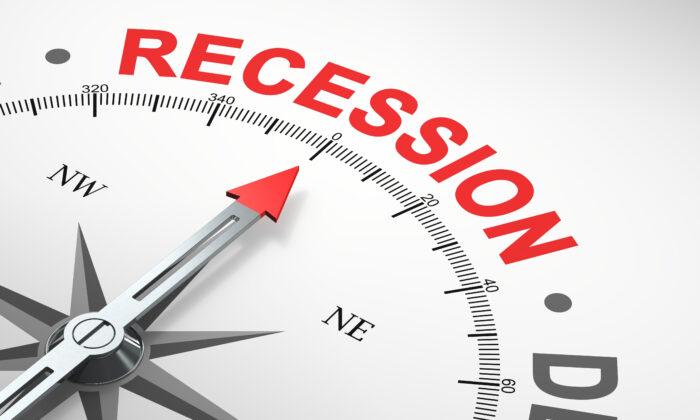Empty homes have started to pile up across the country. Inventory is surging, along with price cuts in cities least expected. Counties where there has been a large influx of buyers—such as in Tampa, Florida; Dallas, Texas; and Phoenix, Arizona—are now seeing a large influx in inventory.
The housing market is in bubble territory due to the Federal Reserve recently increasing interest rates. Material shortages for the past year and half resulted in houses delaying completion. Now that most of the delay in constructions has subsided, we likely will see waves of new inventory hit the market in the second half of this year and during the first half of 2023.
This is a completely different narrative from what we saw in 2020 and 2021. In 2020, for example, we witnessed huge buying pressure from homebuyers while rates were brought down. This buying pressure, along with the pandemic restrictions, created substantial housing demand, but without the supply to match, resulting in a surge of housing prices. We saw a housing supply shortage especially in areas like Phoenix; Nashville, Tennessee; Boise, Idaho; and Seattle, to name a few of the cities which had the largest migration of homeowners in the past two years.
With rates now ticking back up and housing prices recently reaching historical levels, we are now beginning to see signs of a housing market decline in prices. Cities that experienced the largest migration in 2020 and 2021 have already seen sudden large increases in inventory along with slashes in housing prices.
According to Realtor.com, more than 102,000 homes were listed for sale in the month of June. New listings at this level have been present in the past six years. If we expect to see new listings at this level, further price declines are imminent in the coming months as more inventory will pile up and as more sellers that are planning to list to sell will have to face price cuts to sell their properties.
Cities like Reno, Nevada—another huge homebuyer migrant city in the past two years—have seen a 186 percent increase year over year in inventory. Austin, Texas, has witnessed a 300 percent increase in inventory in the past four months, which has brought the inventory levels right back up to where they were in March 2020.
Large metropolitan areas have yet to see similar declines in housing prices, as we are still in the beginning stages of a crash. We should expect to see similar events take place throughout the country in the coming months. The home value-to-median income ratio is at 4.9, a metric level that has not occurred since right before the housing crisis on 2008.
The indicators are clear that we are at the start of a crash, so homebuyers should definitely wait to purchase a home, because much more inventory and options are expected to hit the market in the next six to 12 months.






